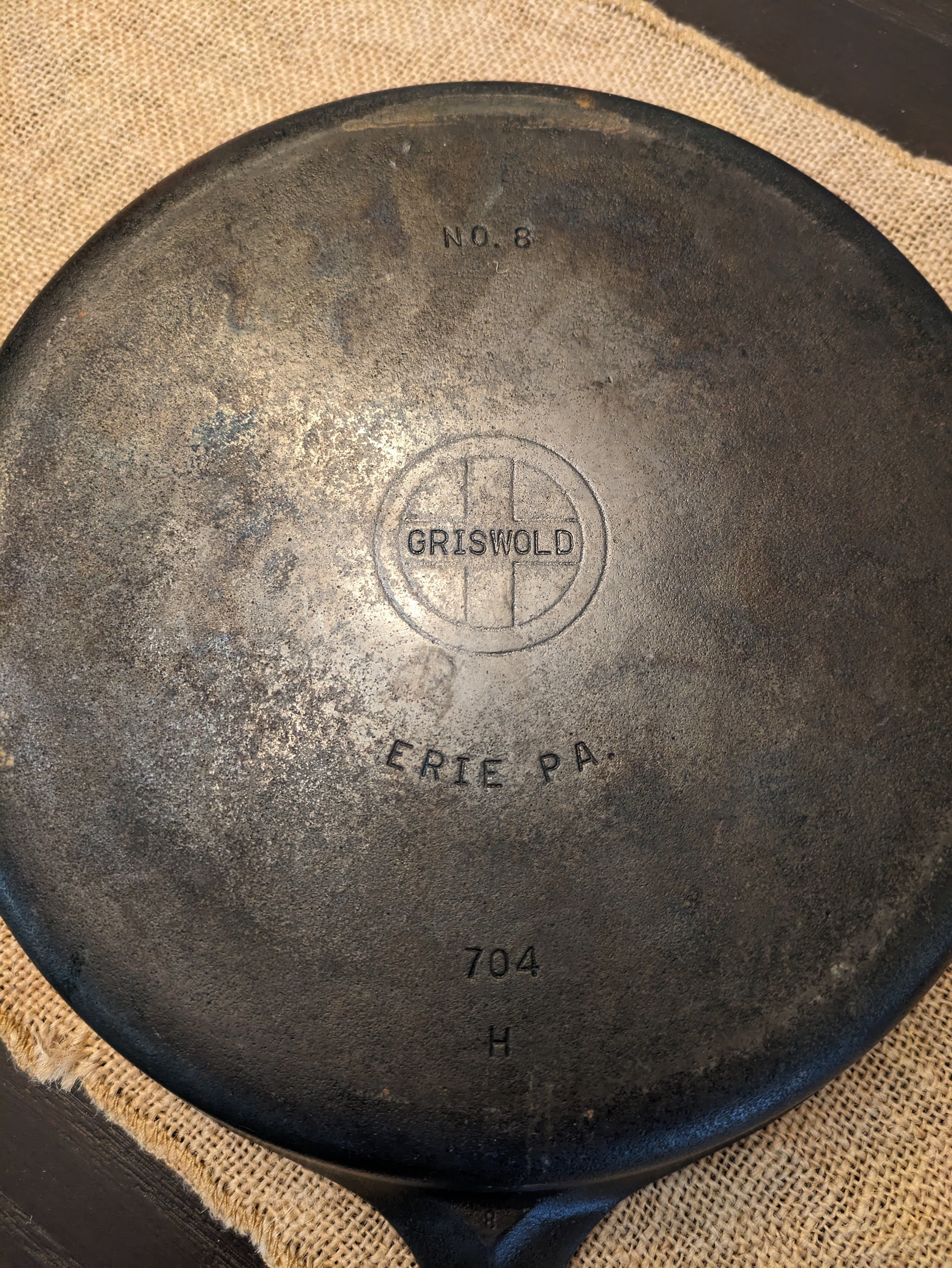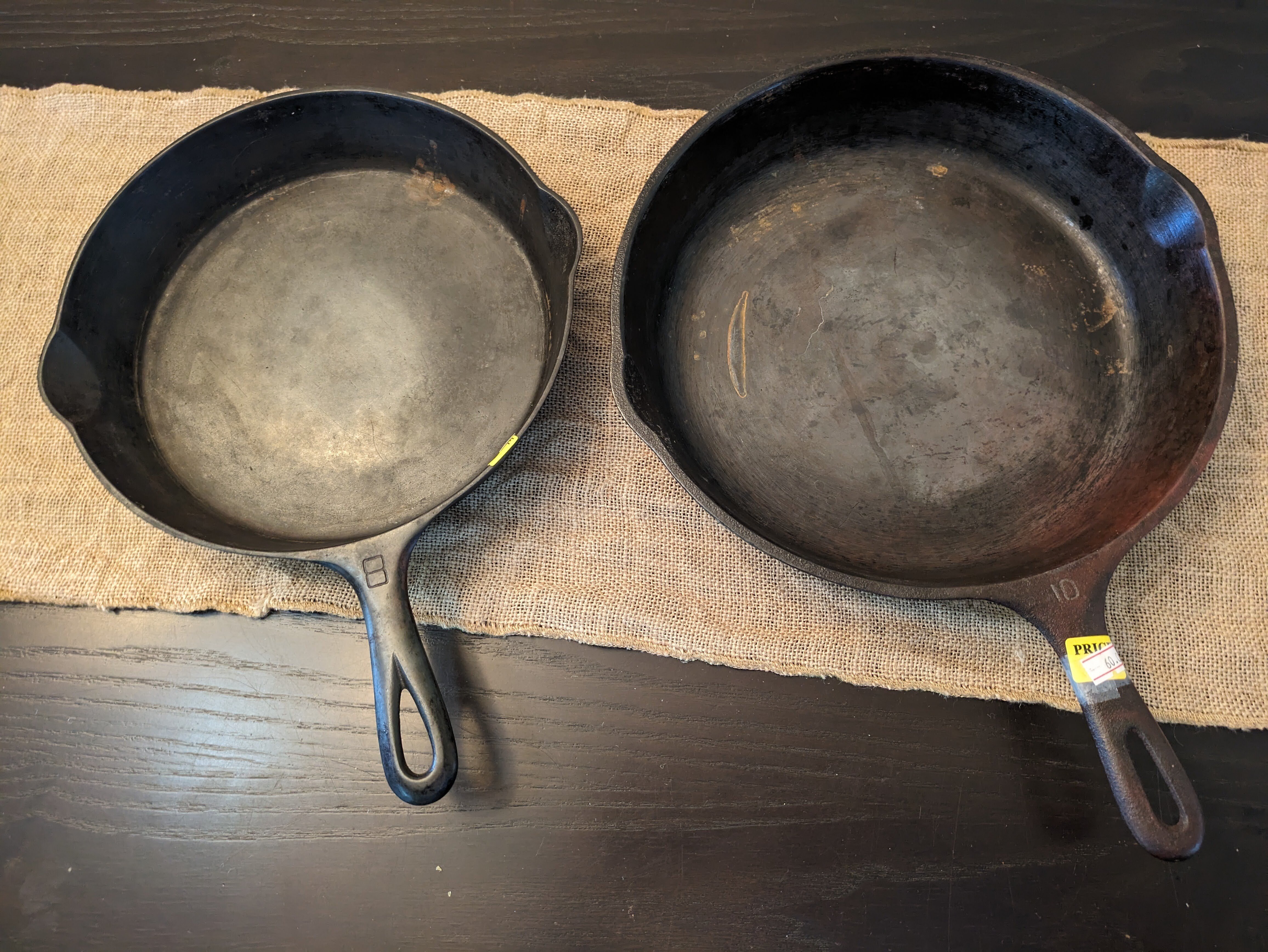this post was submitted on 02 Nov 2023
84 points (97.7% liked)
Cast Iron
2263 readers
3 users here now
A community for cast iron cookware. Recipes, care, restoration, identification, etc.
Rules: Be helpful when you can, be respectful always, and keep cooking bacon.
More rules may come as the community grows, but for now, I'll remove spam or anything obviously mean-spirited, and leave it at that.
Related Communities: [email protected] [email protected] [email protected]
founded 2 years ago
MODERATORS
you are viewing a single comment's thread
view the rest of the comments
view the rest of the comments



I never had the luxury of using either brand, though they are highly rated and nicely finished. Can you tell us a bit more how heavy they are? I've a few send cast iron skillets as gifts to family around the world and my only way of assessing quality was by weight.
Weight is not a bad measure. There were a handful of companies long ago that were making stamped iron cookware, and they're almost universally warped. Those are just too thin to hold their shape under a lifetime of heating and cooling. Some of the very well used cast iron will warp, too, but it's less likely and less pronounced.
A 12" cast itron skillet (what you usually think of) is definitely heavy, but manageable. I have a 12" BSR, which is about as thick as this person's Griswold, and it's great to use. The Wagner here is definitely thicker, so it'll be heavier for sure, but I bet it's a dream to cook on. I've also got a 12" Wagner "chicken fryer," which is essentially a skillet that's twice as deep or a bit more. That one is heavy, to the point that it's difficult to clean, but it's so useful cooking for a family.
More iron means that it'll take longer to heat up, but it will maintain that temperature more evenly. Older pieces are going to tend to be thicker as well. Really old pieces (like pre 1900) are going to have a casting mark on the bottom, where the piece was poured into the mold. It'll be ground off, but you'll see a bit of a "scar" as evidence.
When it comes to cast iron quality, as long as it's got enough material so that it doesn't warp, it's probably going to be fine. New, old, name brand, generic - they're going to be fine. Old cast iron is going to have a milled cooking surface. Newer cast iron, they don't bother with that step anymore, and the rough cast cooking surface is not any less slick than a smooth one, but if you like a smooth surface, you can work at it with sandpaper for a while and re-season it. If you're hunting for vintage iron, that milled surface is what you're looking for.
The only damage you ever need to be concerned about is cracking, which I suppose could happen as the result of a bad casting, but happens more commonly with a temperature shock - so don't take your rocket-hot pan and immerse it in water.